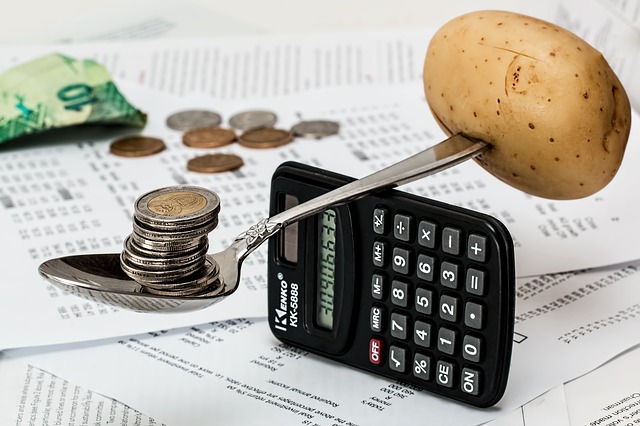How to Keep Your Restaurant Running Costs Under Control
Controlling and managing restaurant running costs must be an essential fundamental practice for any successful restaurant owner. It’s key that staff know how to combine effective menu planning and sales forecasts to ensure that there isn’t overspend whilst producing the best quality dishes and service.

Controlling and managing restaurant running costs must be an essential fundamental practice for any successful restaurant owner. It’s key that staff know how to combine effective menu planning and sales forecasts to ensure that there isn’t overspend whilst producing the best quality dishes and service.
By using a process to cost, plan, monitor and evaluate it’s possible to optimise profits and retain quality.
Costing
Calculating the cost of what each diner costs on average, it’s possible to understand what your starting point is. Start by calculating how much it costs to make for each dish.
Alternatively, you might want to take the monthly cost of food, and then divide it by the number of diners. Food costs include delivery, purchase, theft, spoilage and any meals returned by diners.
Planning
Understanding the costs of dishes can help you decide if they should stay on your menu. If your overhead cost per customer is £10 and the cost of ingredients for a lunchtime dish is £4 your cost to serve a customer is £14. Your customer then must pay £12 and take a drink which can bring the bill to more than £15.
If they only want to spend £8 then that dish should not be on your menu. However, some menu items might be loss leaders, and combined with appetisers, drinks and desserts will bring in more. Those dishes that don’t sell well should be eliminated.
Monitoring

Monitor footfall using a combination of your online table reservation system and your own manual records to plan for demand. Also, keep a note of any returned dishes and reasons.
Evaluation
Evaluation should occur as you go. Processes for ordering, keeping inventory and security should ensure that food is used before it goes bad and it doesn’t get stolen.
Although buying in bulk may save money and time, it can often lead to spoilage, especially for fresh food.
Work with suppliers to buy in bulk, but to receive in multiple deliveries. Check whether processes are working for you in terms of financial results and amend and repeat.
By following these tips, you’ll soon improve your profits and your operations.



